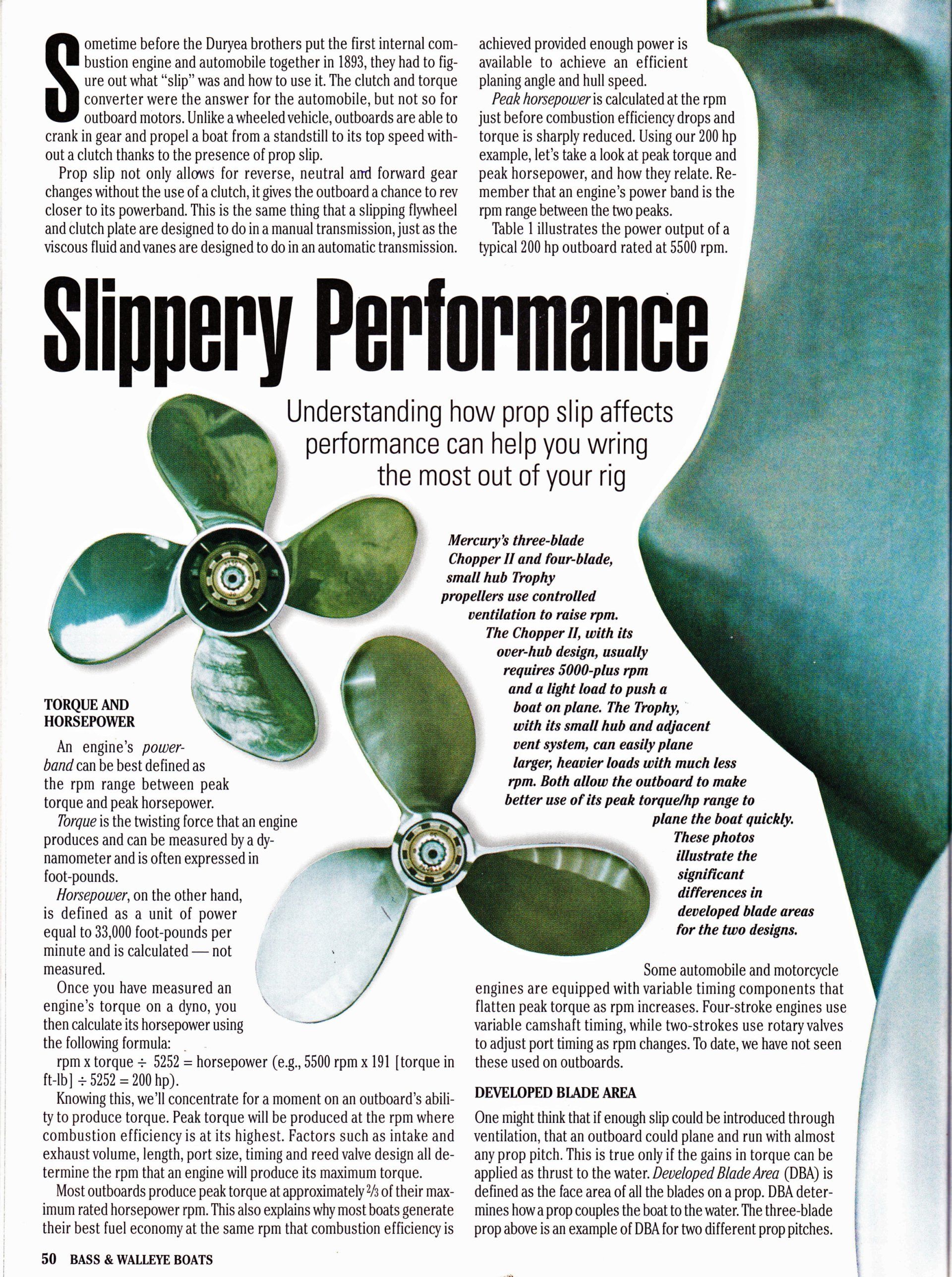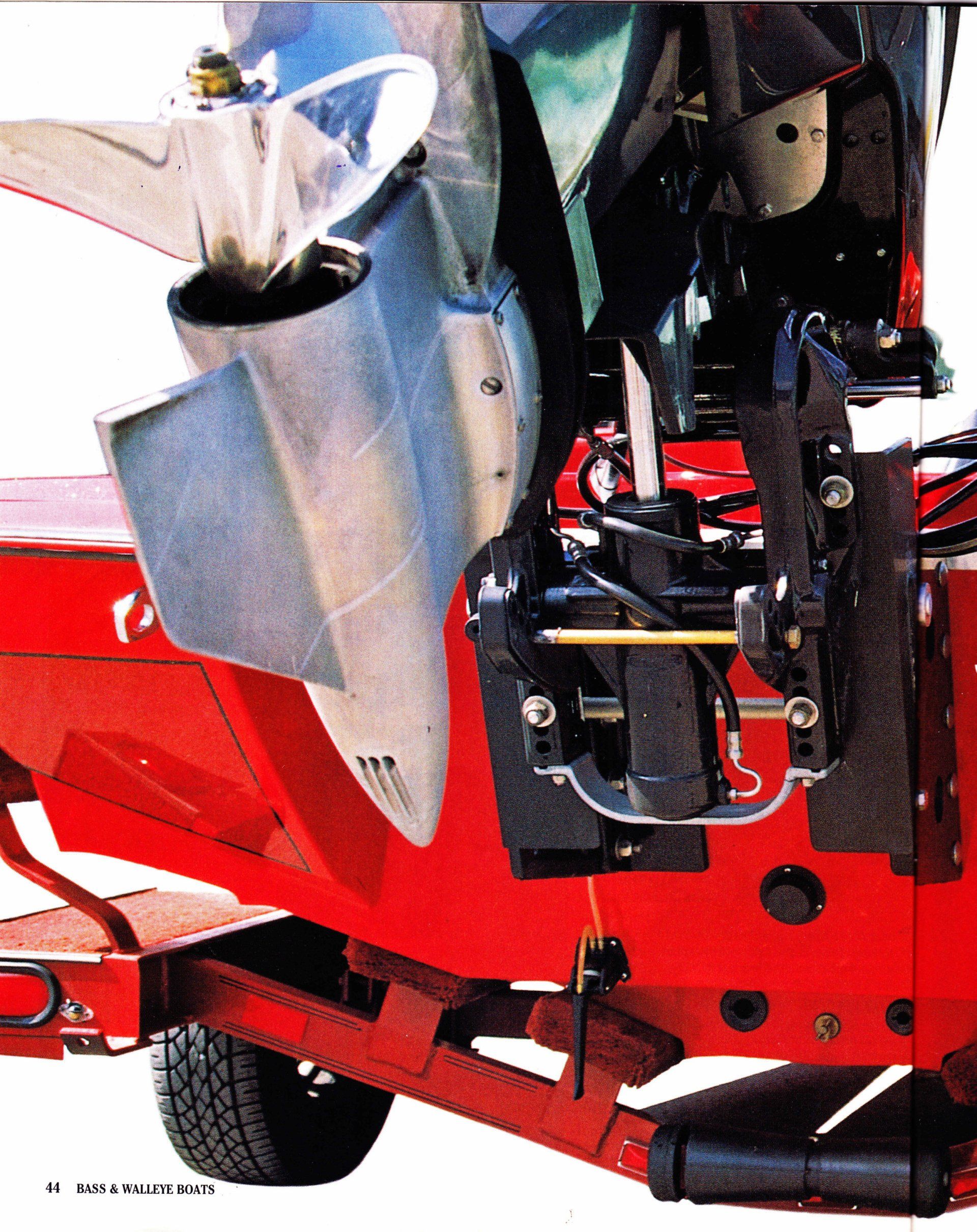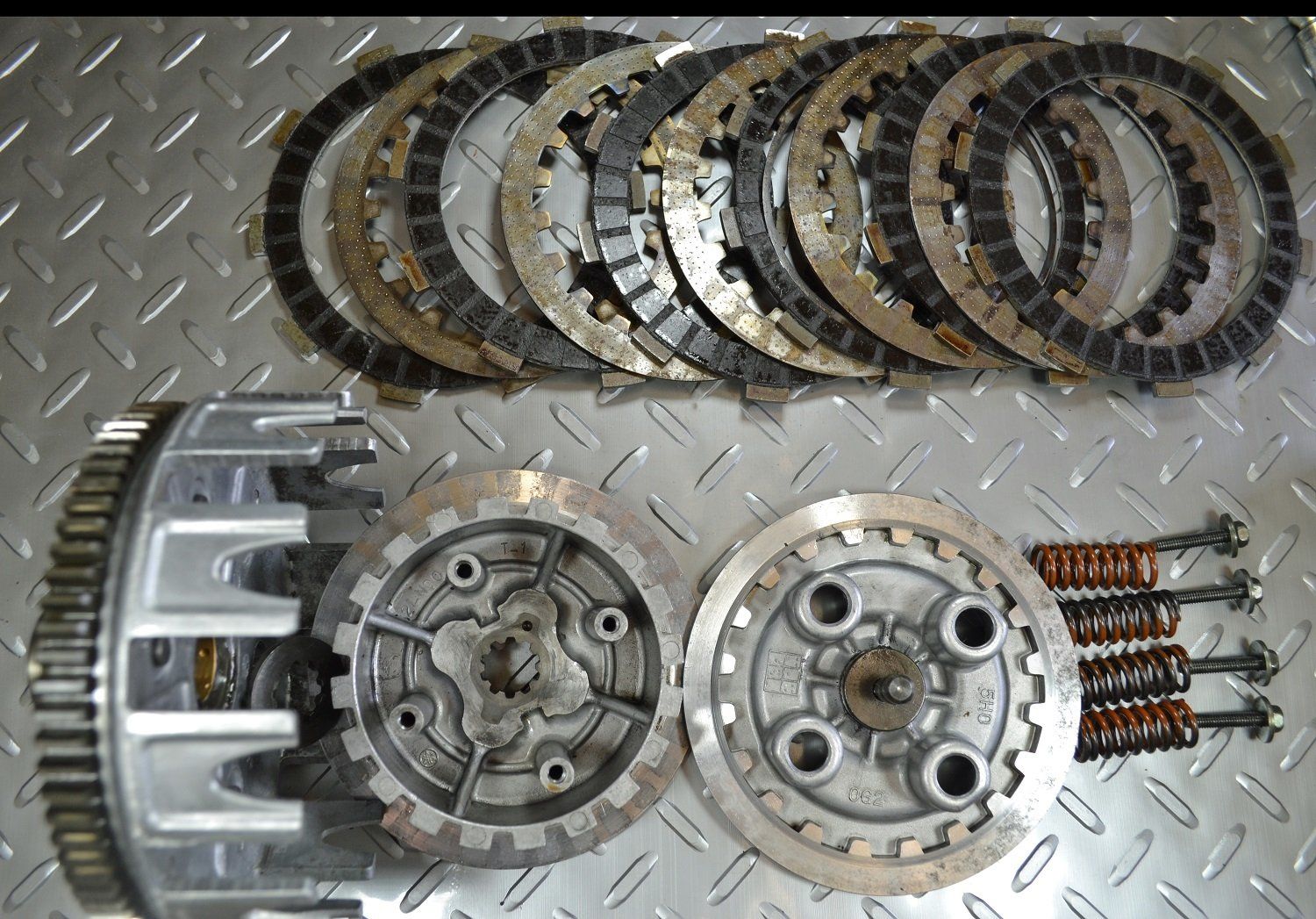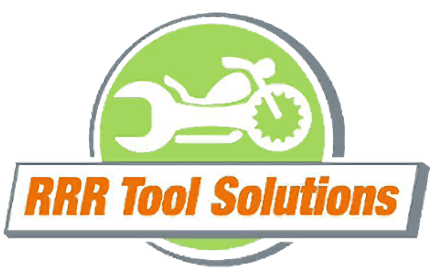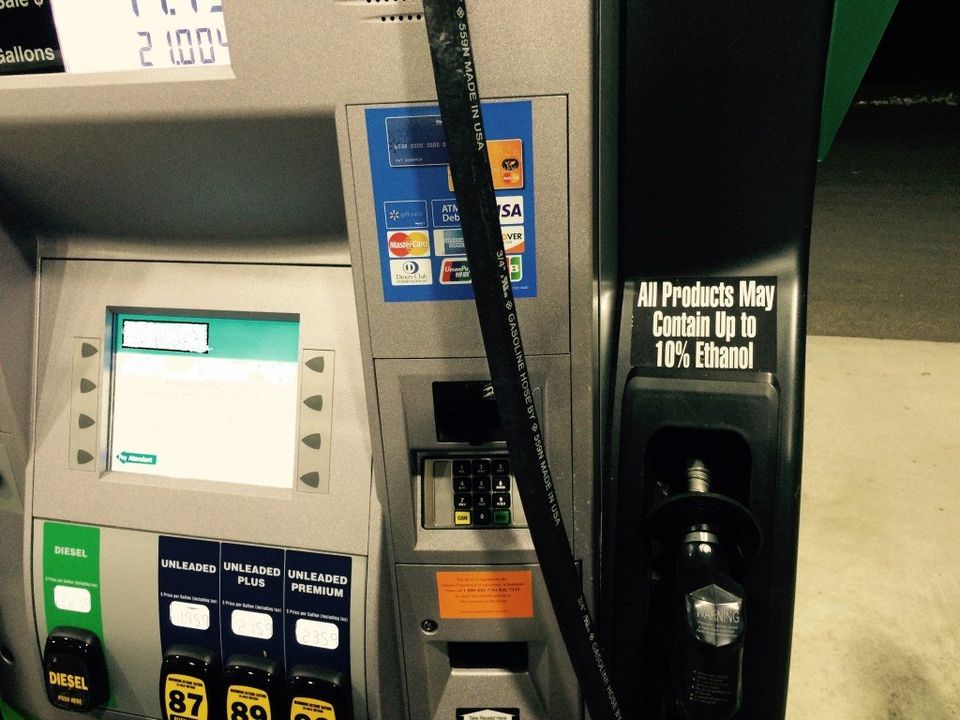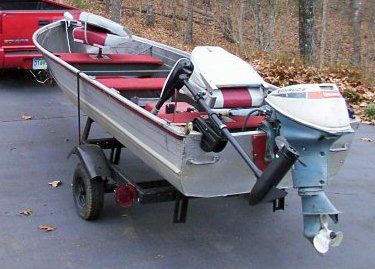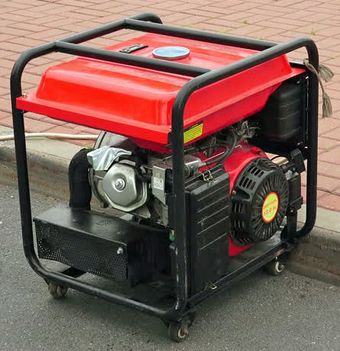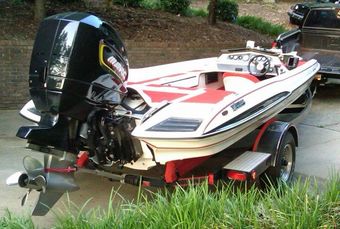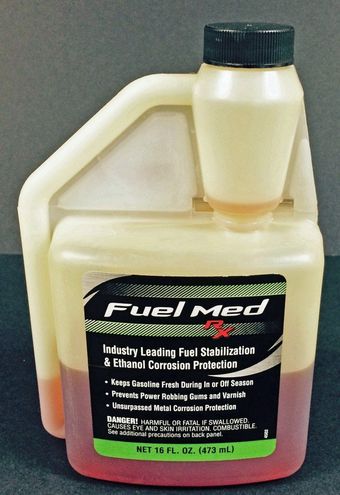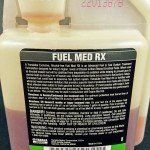Gasoline Facts About Using and Storing Gasoline – Ethanol Blends
I have a thing for motorized machines. 99% of my toys and recreational equipment has a Gasoline Engine bolted onto or inside! Whether it’s a boat, motorcycle, ATV, truck, or car – I’m hooked on the combustion process and have been for 5 decades. I recently did research into some of the problems that I and others were having with Gasoline Use and Storage. My goal was to find a way to Live with Ethanol. I can’t stop it, I only hope that I can continue to find outlets for Non-Ethanol Gasoline, but I fear the day will come when Gasoline/Ethanol Blends are the Only choice.Let me share some of what I learned to help us understand what and how we can Live with the Blend. As the advertising director of a national magazine, I was able to interview and make exchanges with the Technical Management of two of the largest suppliers of Fuel Conditioners. With their help, I had a much better understanding of the problem and the survival.
Gasoline Facts You Might not Know
* MTBE (methyl tertiary butyl ether) can no longer be used in Gasoline sold in the US.
* MTBE was added to Gasoline as an oxygenate (octane booster) from 1979 to 2006 when the tetraethyl lead was found to be a serious health risk.
* MTBE is a volatile, flammable liquid that is derived from natural gas and butane.
* MTBE was dropped as an oxygenate from Gasoline because it was found in water tables all of the country. Once it entered the drinking water, it adversely affected the taste and scientist found it to be a carcinogen risk in higher concentrations.
* Ethanol replaces MTBE and is a much cleaner and renewable source of oxygenate for Gasoline. It raises the octane of the Blend which is critical to combustion efficiency and preventing damage to engines that would suffer from pre-ignition and knocking without the Ethanol added.
* Sulfur is a natural component of Gasoline. Moisture (water) is a natural part of our atmosphere. Sulfur and Water come together to make Sulfuric Acid which are “mixed-up” right there inside our engines as part of the combustion process.
* Exhaust emissions account for the majority of “Acid Rain” our environment is subjected to. Sulfuric Acid doesn’t help our valves, valve guides, cylinder sleeves, and most importantly – those rare, non-available exhaust systems.
* Ethanol raises octane. These octane ratings are extremely important because when matched to the compression ratios correctly, they promote complete combustion, extract maximum power available, and reduce exhaust emissions by the more complete burn, thereby reducing the amounts of sulfur/moisture left in the combustion process.
* Ethanol is an Alcohol and is made from sugars. In the US, that source is mainly corn, but can also be Kudzu, Switch grass and others.
* Every gallon of Ethanol produced could mean an equal reduction of imported fuel.
* E10 is a 10% Ethanol and 90% Gasoline Blend.
* E15 is a 15% Ethanol and 85% Gasoline Blend.
* E85 is an 85% Ethanol and 15% Gasoline Blend (only safe in Flex-Fuel engines)
* E85 (85% Ethanol) has an approximate Octane Rating of 105. This helps demonstrate it’s contribution of oxygenate to the party.
* Ethanol has 62% of the energy (power) of Gasoline.
* Engines will produce less power, give lower mpg, and yield less time/miles per gallon on Ethanol vs. Gasoline.
* Ethanol (alcohol) loves water (hydroscopic) and will absorb up to 7,500 ppm.
* Ethanol (alcohol) and water make Acetic Acid. It’s the result of those two compounds coming together.
* Pure Gasoline does not like water (hydrophobic) and will not absorb more than 150 ppm.
1) Fuel Additives manage “bonds” within the fuel compounds to slow the Phase Separation process. Since this can start 30 days after the blending is done, it is critically important to use these products when the fuel is added to the tank.
2) Fuel-fill only at high-volume, national-brand stations. They will have the freshest fuel because of the higher turnover and they go through much more stringent testing and certification processes.
3) Add the treatment to the tank before adding the fuel. This will aid the mixing of the treatment and fuel.
4) Always fill your tank and keep your tank 90~95% full during any length of storage or idle period. Condensation (changing of temperatures) is the largest contributor of moisture to the tank. Ethanol doesn’t really “pull” moisture from the air through your cap, condensation inside the tank (if there is room) brings it to the party. Keep your tank full of treated fuel and you remove the #1 source of water.
5) Be sure that you run/ride the machine long enough to get the treated fuel in the petcock, lines, and carburetor.
6) Treated fuels will not store longer than 1 year. If the storage is going to be longer than that, you need to drain the fuel from the tank and bowls, responsibly dispose of it, and replace the fuel to “full” with fresh, treated fuel.
All of these facts drive home the need for special care and preparation of our Motorcycles, Boats, ATV’s, and Power Equipment that see some amount of storage during certain times of the year. Gasoline/Ethanol Blends have a “shelf life” of approx 90 days from the time of blending. This is why the experts stress using high-volume stations with lots of traffic. This is also why those same experts stress adding their fuel additives immediately upon dispensing. There is NO PRODUCT sold that can or will reverse Phase Separation. Once the Gasoline, Ethanol, and Moisture separate (phase separation) – nothing will put it back together.
This discussion and my concerns are not about your car, truck, bike, boat, or machines that are used week-in, week-out where the fuel is consumed and replenished regularly. I don’t blink an eye when filling my high-use auto or even my lawn mower in the summer grass season since there is no chance the fuel will last longer than a couple of weeks. This is all about those Classic Cars, Trucks, Vintage Motorcycles, ATV’s, Boats, Power Equipment, and Snowmobiles that do see storage of 30 days or more anytime during the year.
I practice what I preach here. I add and keep “fuel treatment” in all of my motorcycles, ATV, in my boats, and in my “reserve can” that I use to fill my power tools.
No, there isn’t much we can do about Ethanol being in our fuel supply – seems it’s here to stay and that’s why we see more and more “Flex-Fuel” automobiles on the road. What You and I can do is be smart and live with it – even in our low-use machines and toys. Here is where I also have a preference. I use Yamaha’s Fuel Med Fuel Stabilizer and Ethanol Corrosion Protector. Why? When you stop to think about it, Yamaha makes, sells, and warranties thousands of Motorcycles, Wave Runners, Boats, ATVs, and Snowmobiles every year. If they get it “wrong” – their price is a replacement engine or an entire machine. Nowhere else could I find a company subject to losing more. No one had as much on the line. Sta-Bil and Star Tron will “refund your purchase price”.
